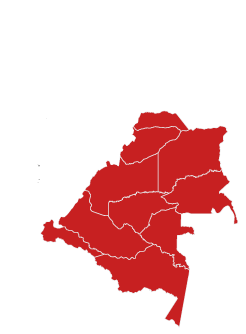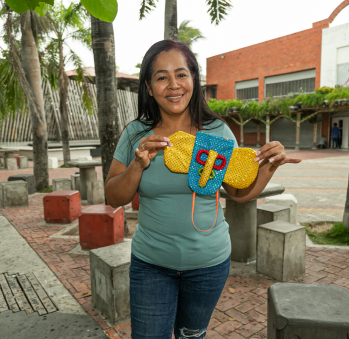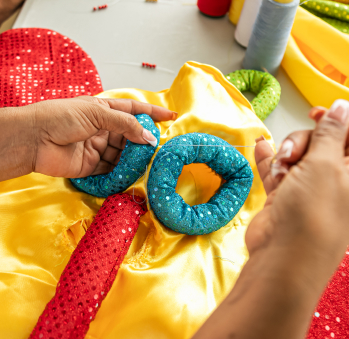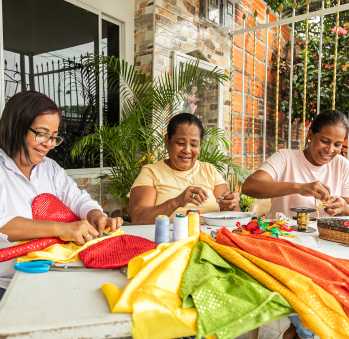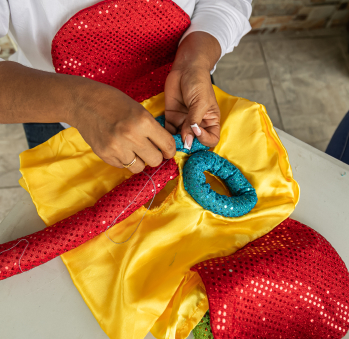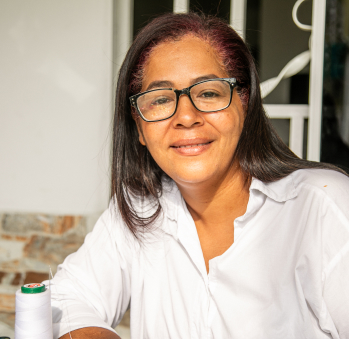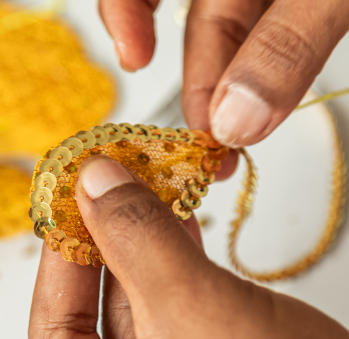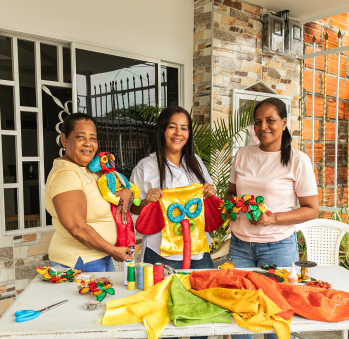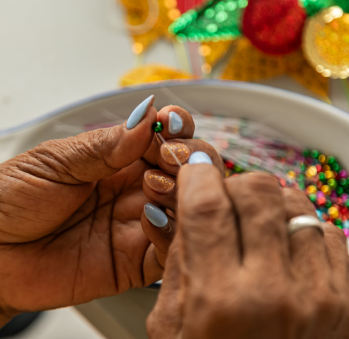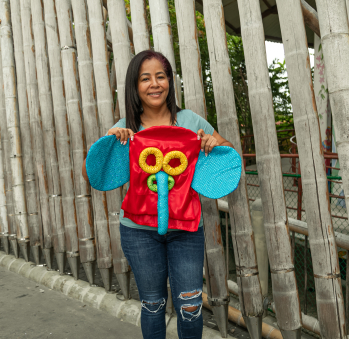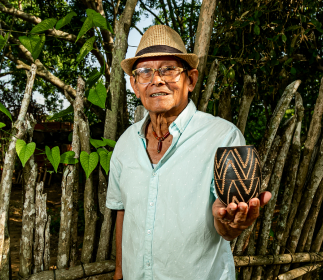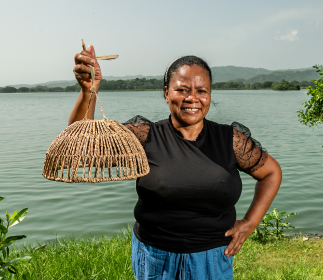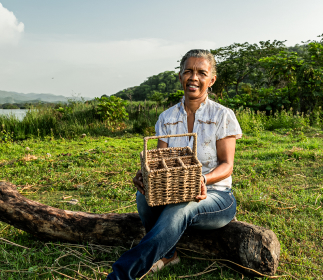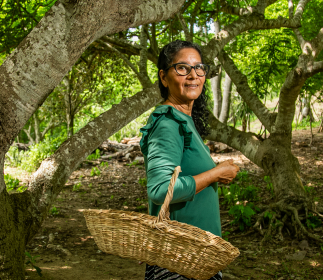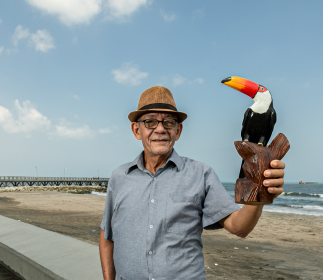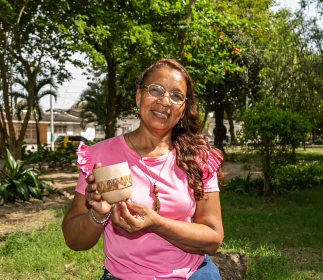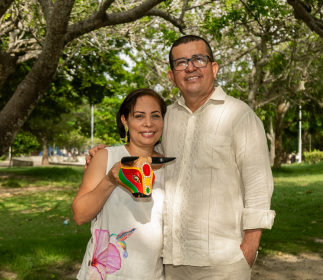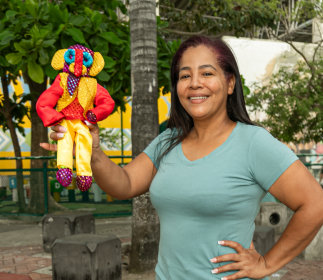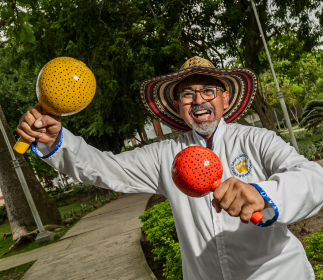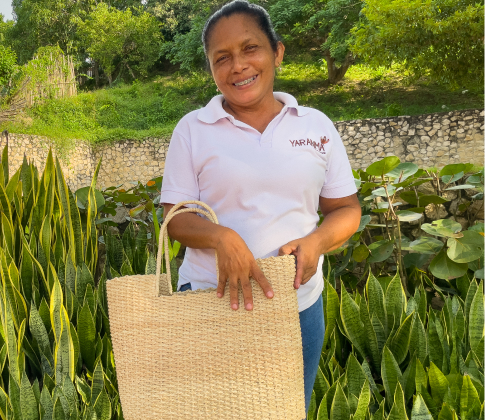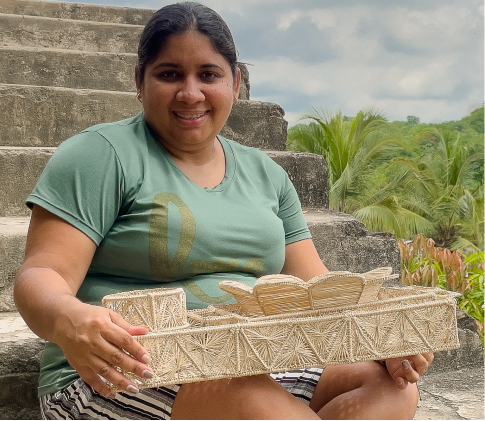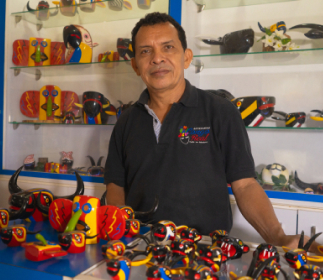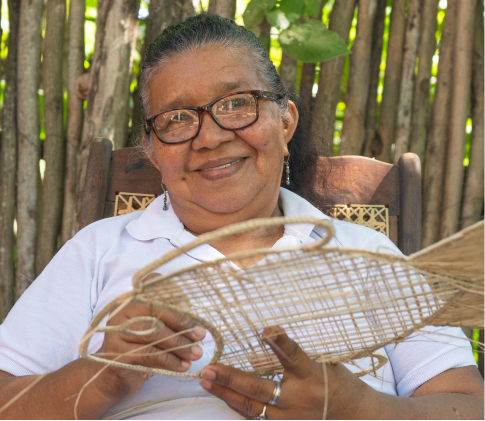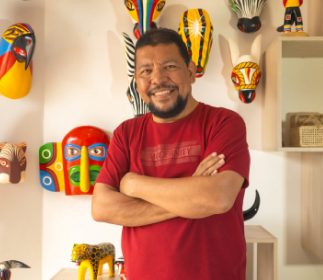Hilda Romero Agamez
Workshop: Innovación artesanal
Craft: Trabajo en tela
Trail: Atlantico Route
Location: Barranquilla, Atlántico
Hilda Romero’s childhood world was filled with fabrics. Silky satin, dracón, sequined pallé, and sparkly malin composed her bright and eye-catching realm. She learned from an early age how to cut fabric and combine colors, helping and following the example of her mother, Adelaida Gómez, whose home overflowed with materials to make the traditional masks of the Barranquilla Carnival, not in wood or papier-mâché, but in fabric.
To tell Hilda’s story, we must start with the story that precedes hers, the story of her mother’s beginnings in the world of craftsmanship. They lived in the La Paz neighborhood, where there was a nursing home and a clinic run by some Dutch people known as Los Camilos. Hilda’s father wasn’t working due to vision problems, and her mother started attending the courses for single mothers offered at the Los Camilos clinic. Adelaida became the leader of a cooperative formed with her classmates, and over time, as others dropped out, she took over the workshop. Then she started going to fairs with a small group. Such dedication earned her recognition as a master artisan from Artesanías del Atlántico, a dedication she passed on to her daughter Hilda.
While Adelaida began by translating the shapes of traditional carnival masks into the language of fabric, her creative world expanded rapidly. The pallé fabric, covered in sequins, arrived at the workshop to meet the need for bright pieces that would reflect the lights of evening events like the Guacherna of the Carnival. To her surprise, the sequined masks were a success not only at night but also among those who wanted to wear them during the day. Then they started making headdresses with feathers, sewn flowers, and the delicate sparkly malin fabric. And as if that weren’t enough, they partnered with Artesanías de Colombia to introduce new designs and ventured into handbags, cushions, mobiles, masks, cotton-filled dolls, and fabric earrings, a whole sewn world centered around the Carnival. Thus, the marimonda not only had its mask but also its handbag, earrings, and headdress.
Throughout this journey of learning and innovation, Hilda was always by her mother’s side. And by helping her so much, she became the heir to her skill with the sewing machine and fabrics. Although she studied business administration, as soon as she saw that she could sustain herself with crafts and started receiving design workshops, she decided to follow her mother’s legacy. That was 30 years ago. Nowadays, she is the leader of the group, which includes women they have trained themselves and rely on when they receive large orders. And if it was an advantage for Hilda to inherit her mother’s craft, as they led the school events’ costumes and made garments and headdresses in their own workshop, Hilda’s craft also became an advantage for her two daughters, who never lacked good costumes. Her oldest daughter, who is a dance teacher, benefits because she has her costumes secured, of the highest quality and tailor-made.
If Hilda decided to continue with her mother’s masks, it was because she loves her work and because it allowed her to educate her daughters without having to comply with schedules outside her home. When she looks back, she realizes that the strength of the family workshop, Artisan Innovation, as its name suggests, has been its ability to think of new designs and always offer Carnival lovers a new option, something that is only achieved through perseverance.
Craft

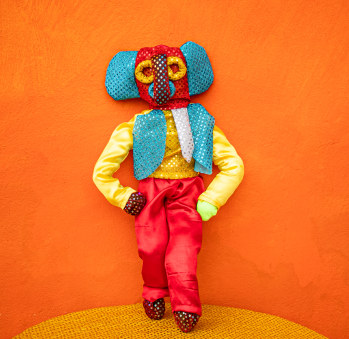
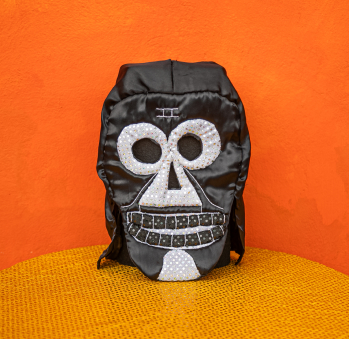
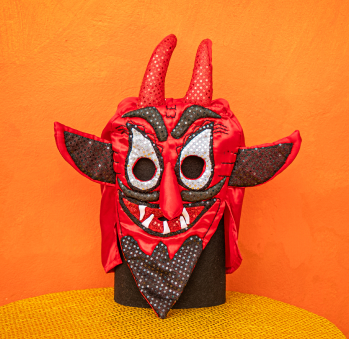
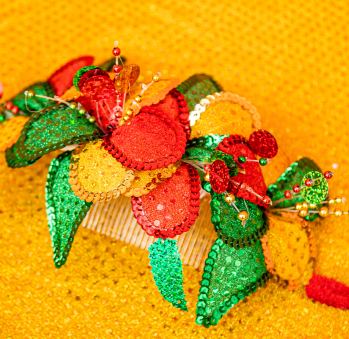
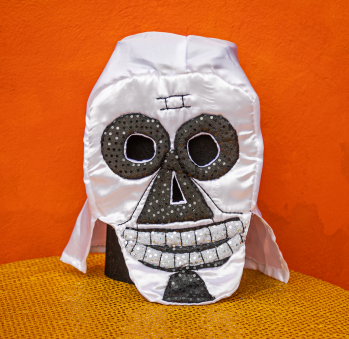






Artisans along the way
Artisans along the way
No puede copiar contenido de esta página

